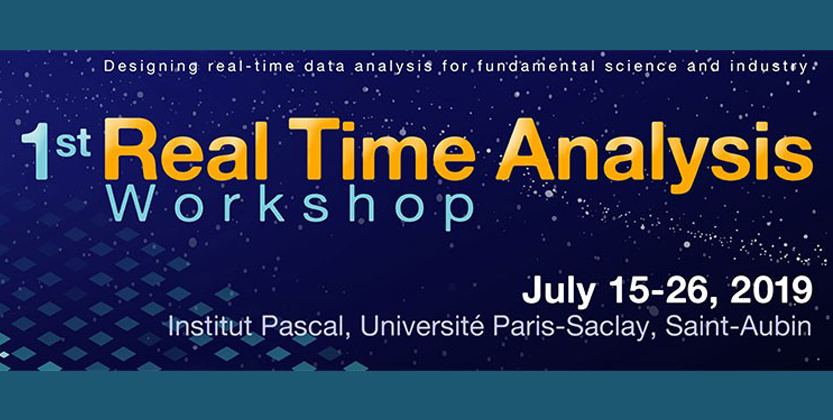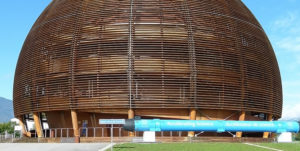The Ximantis approach was the subject of a keynote presentation at the Technical University of Dortmund in Germany during the RAPID 2018 conference organized by CERN, Switzerland.
The Large Hadron Collider (LHC) generates terabytes of data per second, and handling this flood of data is a major challenge for physicists. This RAPID 2018 aims at the question if machine learning can assist high-energy physics in this field, specifically in finding the vertices where the particles are created.
Despite the Ximantis model is currently been introduced to the market as a futuristic vehicle traffic management platform, it originates from particle level chaotic interactions combining advanced mathematical modelling with AI and can have a profound impact to this area of science. The Ximantis tools that resolve traffic complexity can also be directed towards energy traffic and could eventually lead to new technology models for both energy and urban traffic.
Furthermore, as part of this newly formed collaboration with CERN, Ximantis was invited to be part of the organizing committee for workshops aiming to design real-time data analysis for fundamental science and industry, applying machine learning in the field of high-energy physics





